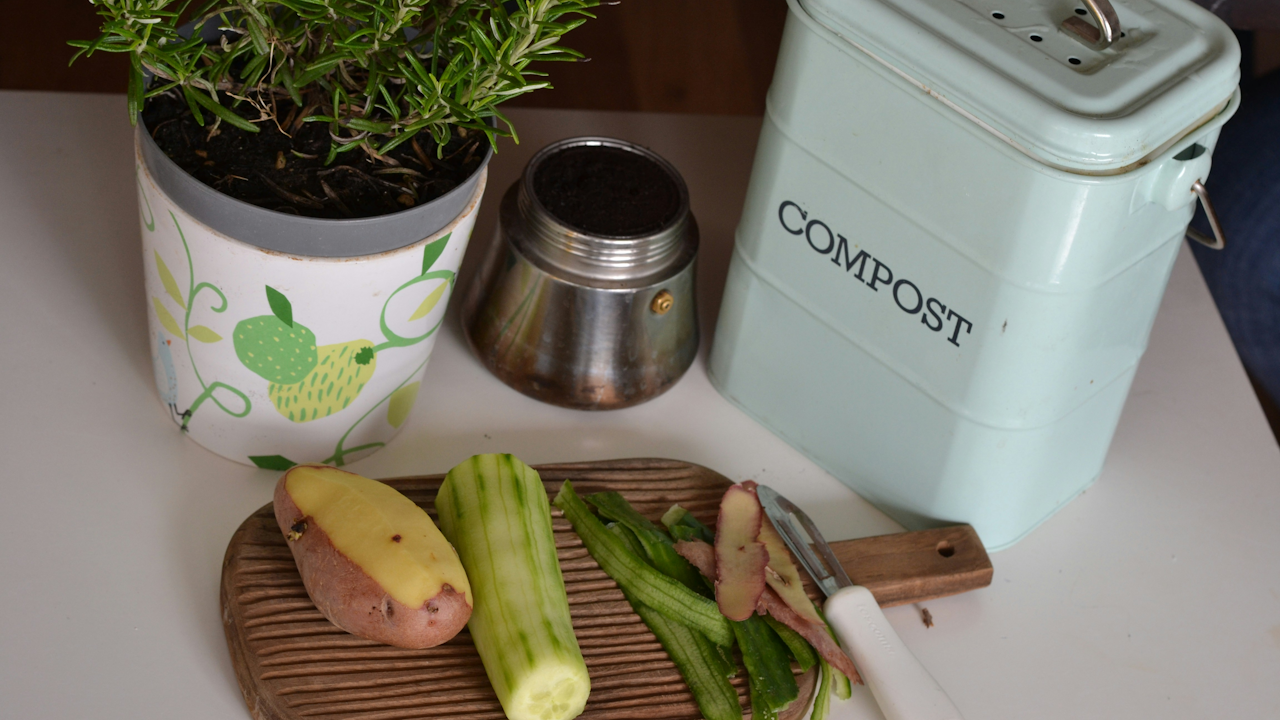In a world increasingly burdened by environmental challenges, many people are seeking more sustainable ways to live. One of the most effective places to start is in the kitchen. Food waste contributes significantly to global greenhouse gas emissions, yet much of it is preventable. Low-waste cooking, also known as zero-trash or zero-waste cooking, focuses on using ingredients efficiently, reducing packaging waste, and creating delicious meals that are good for both your health and the planet. This movement does not require perfection but encourages thoughtful changes that add up over time.
Understanding Low-Waste Cooking
Low-waste cooking is about minimizing the amount of trash generated while preparing meals. This includes using every edible part of ingredients, avoiding single-use packaging, and composting scraps. It also involves mindful shopping, proper storage, and creative use of leftovers. The goal is to create meals with minimal waste while still enjoying flavorful, satisfying food.
This approach benefits the environment by lowering landfill contributions, cutting down methane emissions, and conserving resources used in food production and transportation. At the same time, it can save money and encourage healthier eating habits.
Zero Trash Pantry Staples
Stocking your pantry with the right ingredients is essential for low-waste cooking. Focus on buying items in bulk or from zero-waste stores using reusable containers. Key staples include dried beans, lentils, rice, oats, nuts, seeds, and flour. Canned goods, when necessary, should be chosen in recyclable containers. Vinegars, oils, spices, and condiments can often be found in bulk as well.
Fresh produce is best purchased loose, without plastic packaging. Bring your own mesh produce bags or reuse paper ones. Shopping locally at farmers’ markets helps reduce the carbon footprint and supports community agriculture.
Smart Prep and Storage
A big part of low-waste cooking is keeping food fresh so it doesn’t spoil before you can use it. Learn how to store vegetables properly. For example, keep leafy greens wrapped in a damp towel in the fridge. Carrots and celery last longer submerged in water, and herbs can be kept like flowers, with their stems in a jar of water.
Prepping ingredients ahead of time can reduce impulse purchases and help you stick to your meal plan. Chop extra veggies and store them in containers, ready for stir-fries or soups. Cook large batches of grains or beans and freeze them in portions to avoid waste and save time.
Delicious Zero-Waste Recipes
One of the biggest misconceptions about zero-waste cooking is that it sacrifices flavor. On the contrary, cooking with intention often results in more creative and satisfying meals. Here are a few ideas to inspire you:
1. Root-to-Stem Vegetable Stir-Fry
Use the entire vegetable, from beet greens to broccoli stalks. Sauté with garlic, ginger, and soy sauce. Add tofu or leftover grains for protein and substance. Finish with sesame seeds or a splash of rice vinegar for brightness.
2. Homemade Vegetable Broth
Save onion skins, carrot peels, herb stems, and other vegetable scraps in a freezer bag. When you’ve accumulated enough, simmer them with water, salt, and pepper for a rich, flavorful broth. Freeze in ice cube trays for easy use.
3. Banana Peel “Pulled Pork”
Banana peels, often thrown away, can be shredded and sautéed with spices and BBQ sauce. The texture becomes surprisingly similar to pulled pork and works well in sandwiches or tacos.
4. Bread Crust Pesto
Use bread ends or crusts to thicken a fresh pesto made from carrot tops, basil stems, or arugula. Blend with olive oil, garlic, and nuts or seeds. This sauce is perfect for pasta, sandwiches, or roasted vegetables.
5. Citrus Peel Cleaner
Though not edible, citrus peels make excellent natural cleaners. Soak them in vinegar for a few weeks and then strain to create a powerful, eco-friendly cleaner for your kitchen.
Composting and Beyond
Even the most efficient cook ends up with some waste. Composting is an excellent way to handle food scraps that can’t be reused. Many cities offer curbside composting services, or you can start your own compost bin at home. Not only does composting reduce waste, it also creates nutrient-rich soil that benefits gardens and plants.
Other habits that support low-waste cooking include growing your own herbs or vegetables, choosing reusable storage containers instead of plastic wrap, and swapping paper towels for cloth alternatives. Every small change contributes to a more sustainable lifestyle.
Getting Creative With Leftovers
Rather than viewing leftovers as boring or second-rate, embrace them as an opportunity for creativity. Yesterday’s roasted vegetables can become today’s grain bowl. Leftover rice can turn into fried rice or rice pudding. Stale bread can become croutons, breadcrumbs, or French toast.
Batch cooking with leftovers in mind helps reduce the need for last-minute takeout or wasteful impulse meals. Plan flexible dishes like soups, frittatas, or salads where you can toss in whatever ingredients you have on hand.
Final Thoughts
Low-waste cooking is not about rigid rules or guilt. It’s about making thoughtful choices, being resourceful, and appreciating your food from root to stem. It encourages you to slow down, plan ahead, and find joy in the simple act of nourishing yourself and your loved ones.
Whether you’re a seasoned chef or a kitchen newbie, small steps can make a big difference. Embracing zero-trash recipes is a rewarding way to care for the planet while discovering new flavors, techniques, and traditions. With a bit of creativity and intention, low-waste cooking can become a delicious and sustainable part of your everyday life.

